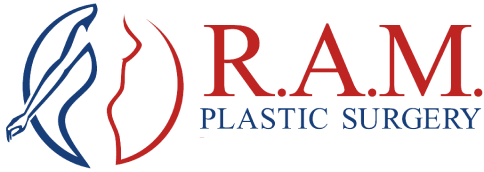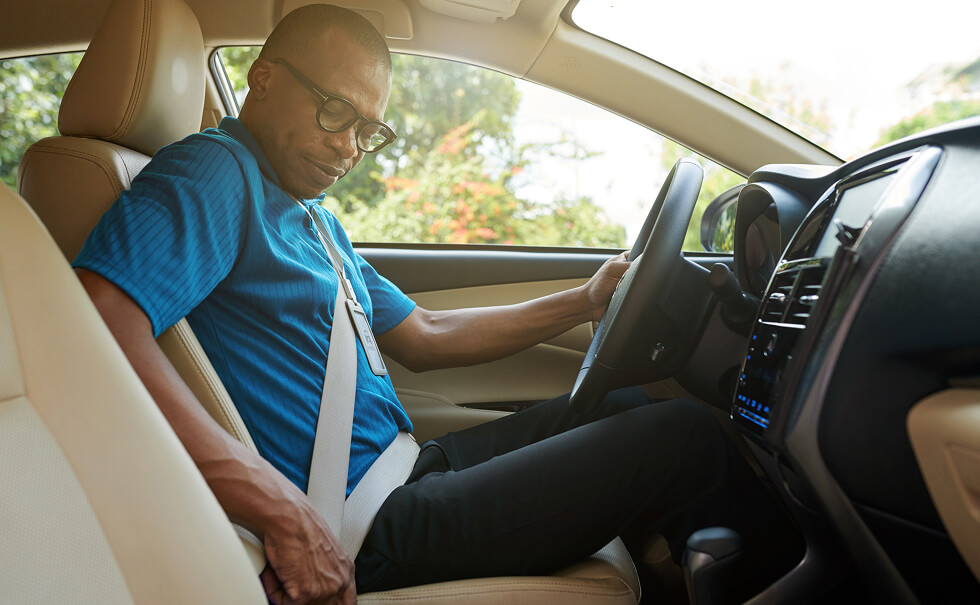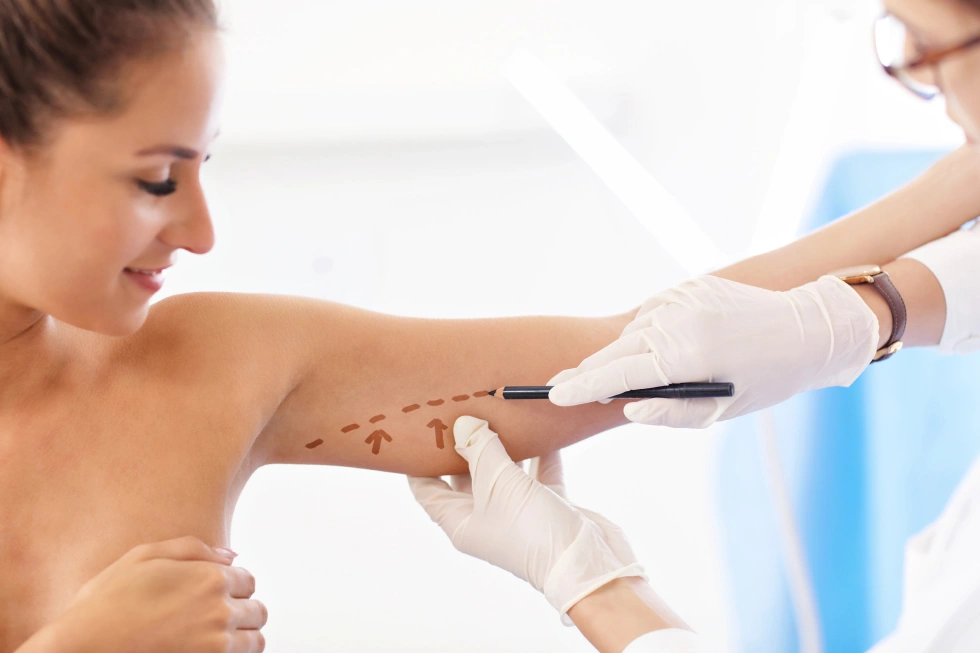After the anticipation of an arm lift, many patients are surprised to realize that the little things—like driving—pose new challenges during recovery. While the physical results of brachioplasty are often celebrated, the impact on daily independence is less frequently discussed. Understanding when and how to safely get behind the wheel again is crucial not only for your comfort but for protecting the integrity of your healing journey.
Understanding Brachioplasty Recovery Time
Recovery after brachioplasty isn’t just about wound healing—it’s about regaining functional strength and coordination in the arms, which many underestimate. While incisions may superficially heal within two weeks, internal tissues, nerves, and muscles continue to recalibrate for months. Early stiffness, reduced grip strength, and lingering soreness can quietly influence your ability to perform everyday actions, including turning a steering wheel or reacting quickly while driving. True recovery isn’t a countdown; it’s a gradual, layered process that requires tuning into both visible and invisible signs of readiness.
Factors That Affect When You Can Safely Drive
Several subtle but critical factors determine your readiness to return to driving after brachioplasty:
- Arm Mobility and Strength: You must have the ability to lift your arms comfortably and control steering without hesitation. Limited range of motion or muscle weakness could compromise your reaction time behind the wheel.
- Pain Management and Medication Effects: Prescription pain medications, especially narcotics, can impair judgment, reflexes, and motor skills. Even over-the-counter pain relievers may cause drowsiness, delaying your safe return to driving.
- Reaction Time and Emergency Response: Driving isn’t passive—it demands rapid responses to sudden obstacles. If your body hesitates due to arm discomfort or delayed reflexes, it places you and others at risk.
- Seatbelt Tolerance: The simple act of buckling a seatbelt across tender, healing tissues can cause unexpected pain or restrict breathing movements, affecting your driving posture and focus.
- Postural Stability: Swelling and muscle tightness after surgery can alter your posture, making it uncomfortable or even unsafe to sit upright for extended periods while driving.
- Surgeon’s Clearance: No matter how confident you feel, your surgeon’s professional evaluation considers hidden healing markers, such as tissue strength and internal suture stability, that patients often cannot assess on their own.
General Guidelines for Resuming Driving After Brachioplasty
Returning to driving after brachioplasty requires careful consideration of your arm mobility, pain levels, and overall stamina. While the typical timeline for resuming driving is 2-4 weeks, it depends on how well you’ve healed. At this point, your arms should have enough strength and range of motion to handle basic driving tasks, such as steering and adjusting mirrors. However, make sure you can perform quick maneuvers, like braking and turning the wheel, without discomfort or hesitation. A good practice is to start with short, low-stress trips on quiet roads, avoiding rush hour or situations that require swift reflexes. Gradually increase the distance as your confidence and arm strength improve.
Arm Lift Surgery Driving Restrictions You Should Know
After brachioplasty, the act of driving introduces hidden risks that many patients don’t anticipate. Even gentle motions, like turning the wheel sharply or stabilizing yourself during a sudden stop, can strain healing incisions and underlying tissues. Beyond discomfort, legal restrictions may also apply—operating a vehicle while under the influence of prescribed painkillers can lead to serious consequences, even if the medication is medically necessary. Additionally, straining your arms prematurely could disrupt delicate internal sutures, potentially impacting long-term aesthetic outcomes. Until you can perform an emergency maneuver—like quickly steering or braking—with full strength and without hesitation, it’s advised to stay out of the driver’s seat.
Practical Tips for a Smooth Return to Driving
Before jumping back behind the wheel, take time to simulate driving motions at home. Practice turning an imaginary steering wheel and fastening a seatbelt to test your comfort and reaction speed without risking safety. Choose your first drive carefully: short distances, low-traffic routes, and no passengers. Keep a small pillow or soft pad in your car to cushion the seatbelt across your chest and healing arms. Finally, avoid scheduling your first drive when you’re tired or during peak traffic hours—mental clarity is just as crucial as physical readiness.
Key Milestones in Your Brachioplasty Recovery Journey
Brachioplasty recovery is marked by small but significant milestones that help gauge your readiness for activities like driving. By the end of the first week, swelling and bruising typically begin to ease. Around two to three weeks, patients often regain enough range of motion to perform light daily tasks. Full arm strength, however, may take six to eight weeks to return. Being able to bear light weight, fasten a seatbelt without pain, and react quickly to sudden movements are critical signs that you’re nearing safe driving readiness.
Why Personalized Aftercare Matters
Tailoring Recovery to Your Unique Healing Every brachioplasty recovery journey is different—age, skin elasticity, overall health, and even subtle variations in surgical technique can influence how quickly you regain function. Generic timelines might offer a rough guide, but only a personalized aftercare plan can address the hidden nuances of your healing process.
Surgeon Guidance Beyond the Basics Post-operative instructions aren’t just about avoiding infection; they are crafted to protect internal repairs that you can’t see or feel. A personalized plan will adjust recommendations for activities like driving based on how your specific tissues, nerves, and muscles are responding week by week.
Listening to Small Signs Discomfort when buckling a seatbelt, unexpected arm fatigue while turning a wheel, or even subtle swelling after minimal activity are early warnings. Your surgeon can help interpret these signs so you resume driving—and all other activities—at the safest and most optimal time for long-term results.
In Conclusion: Listening to Your Body and Your Surgeon
Driving after brachioplasty isn’t just about feeling ready—it’s about ensuring your body is truly prepared for the demands of the road. Trust both your body’s signals and your surgeon’s expert guidance to safeguard your recovery and results. If you’re considering brachioplasty or have questions about your recovery timeline, we invite you to visit RAM Plastic Surgery or call us at (312) 337-3010 to schedule your personalized consultation.







